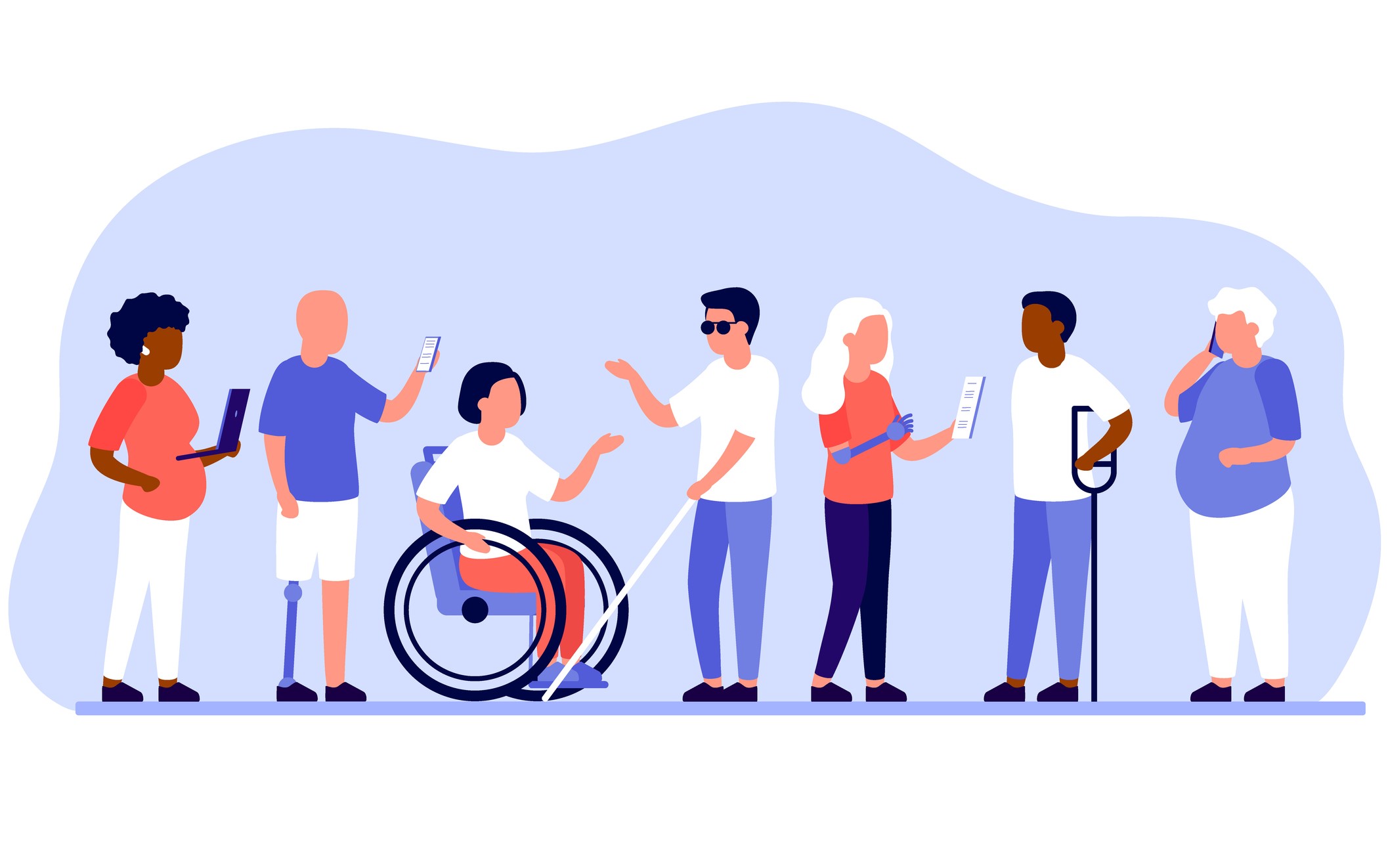[vc_row type=”in_container” full_screen_row_position=”middle” scene_position=”center” text_color=”dark” text_align=”left” overlay_strength=”0.3″ shape_divider_position=”bottom” bg_image_animation=”none”][vc_column column_padding=”no-extra-padding” column_padding_position=”all” background_color_opacity=”1″ background_hover_color_opacity=”1″ column_link_target=”_self” column_shadow=”none” column_border_radius=”none” width=”1/1″ tablet_width_inherit=”default” tablet_text_alignment=”default” phone_text_alignment=”default” column_border_width=”none” column_border_style=”solid” bg_image_animation=”none”][vc_column_text]That long commute to work? Well, it turns out it just keeps getting longer (and longer).
The Census Bureau’s 2017 American Community Survey is out, and it gives us a snapshot of interesting domestic statistics regarding life in the “average” American household, including commuting.
Here’s a look at some of the numbers so you can compare your commuting life to the average American’s.
Commuting time
The new data shows Americans spent an additional 2.5 hours for the year in transit in 2017.
How’d that happen?
The Census Bureau benchmarks all types of transportation and other data in the United States. It’s 2017 survey found the average commute increased 18 seconds per trip. On its own, 18 seconds is nothing. But add it up for the year, and it’s longer than a long movie.
Overall, Americans spend 26.9 minutes commuting per workday, up from 26.6 minutes.
>> Read more: The Impact of Ridesharing on Commuting Culture
Departure time
With all those long commutes, it’s interesting to see when people have to leave for work.
In 2017, 21.2 million Americans leave for work between 7-7:29 a.m., the most common time through more than a decade of surveys.
But with longer commutes, there are those among us who give new meaning to the words “early bird.” About 200,000 more people left for work between 5:30-5.59 a.m. in 2017 than in 2016. All told, approximately 7.2 million left that early in 2017 out of an estimated 144 million people surveyed.
Mode of transportation
Commuter benefits can be used for all types of commuting: public transit, parking and rideshares. So we are always interested in seeing how people are getting to work.
Unfortunately, about 2 million more people chose to drive alone to work in 2017, adding vehicles to already congested roadways. Our roads counted about 116.7 million “alone” drivers in 2017 for commutes compared to 114.7 million in 2016.
It’s unfortunate because carpooling is a great option — and continues to be on the rise. About 100,000 more people carpooled in 2017 (13.6 million, overall). Public transit ridership remained the same. There are about 7.6 public transit riders in the U.S., according to the Census data.
If you are a public transportation rider or pay to park your car, you are probably eligible for commuter benefits. In 2019, you can save up to $265 per month tax-free from your paycheck to pay for your commutes. And your employer saves on payroll taxes.
If you want to learn more about commuter benefits, download the 101 Guide below:.[/vc_column_text][nectar_btn size=”large” open_new_tab=”true” button_style=”regular” button_color_2=”Accent-Color” icon_family=”none” url=”https://go.commuterbenefits.com/commuter-benefit-101-guide-blog?utm_source=blog_post&utm_medium=CTA&utm_campaign=101_Guide” text=”Download the Commuter Benefits 101 Guide”][/vc_column][/vc_row]







